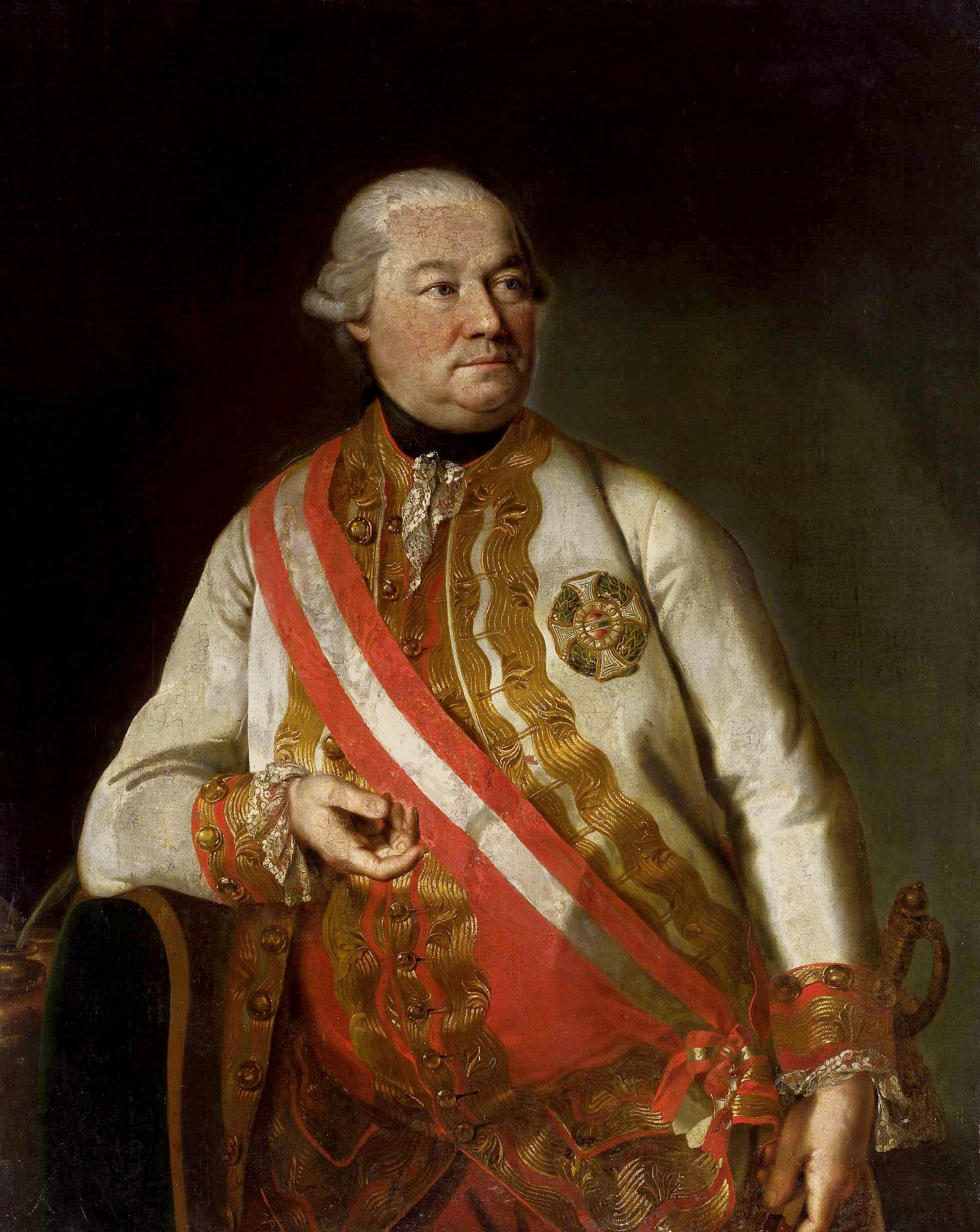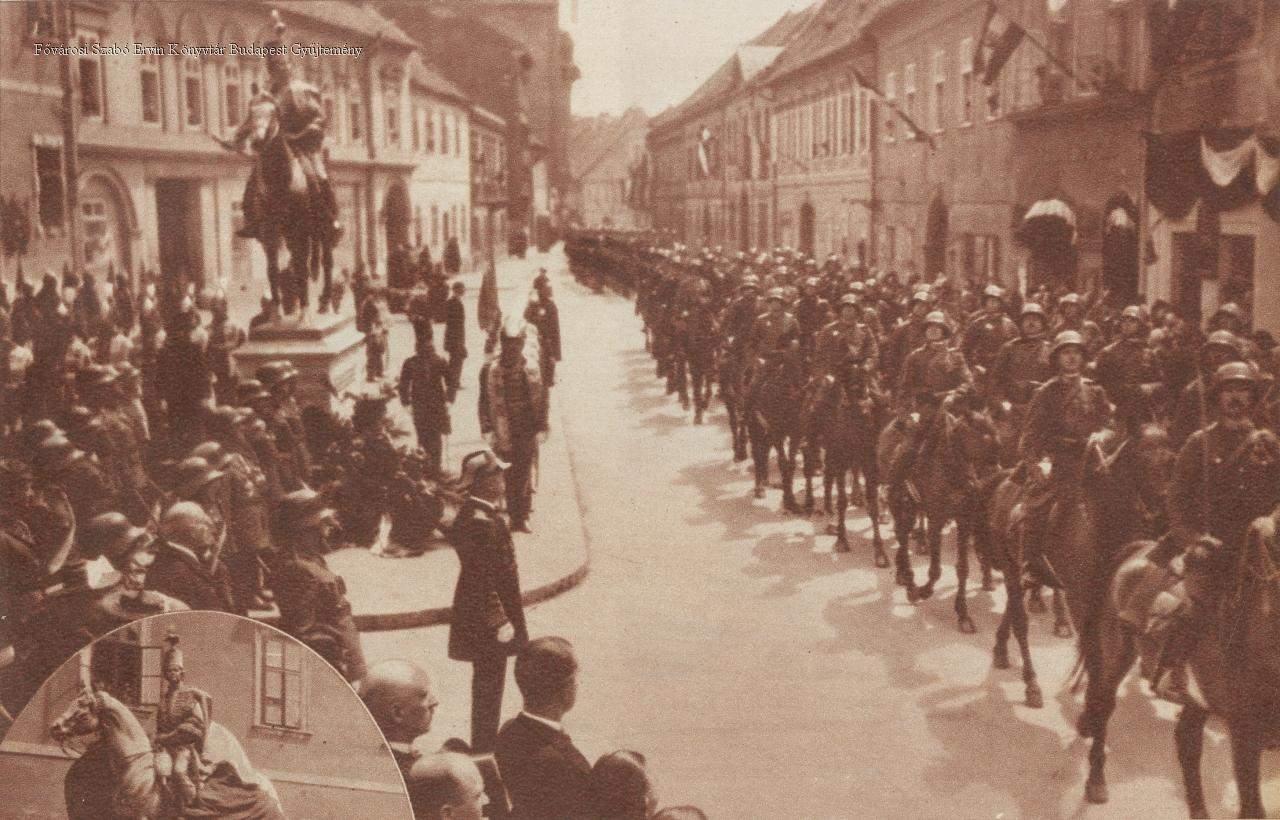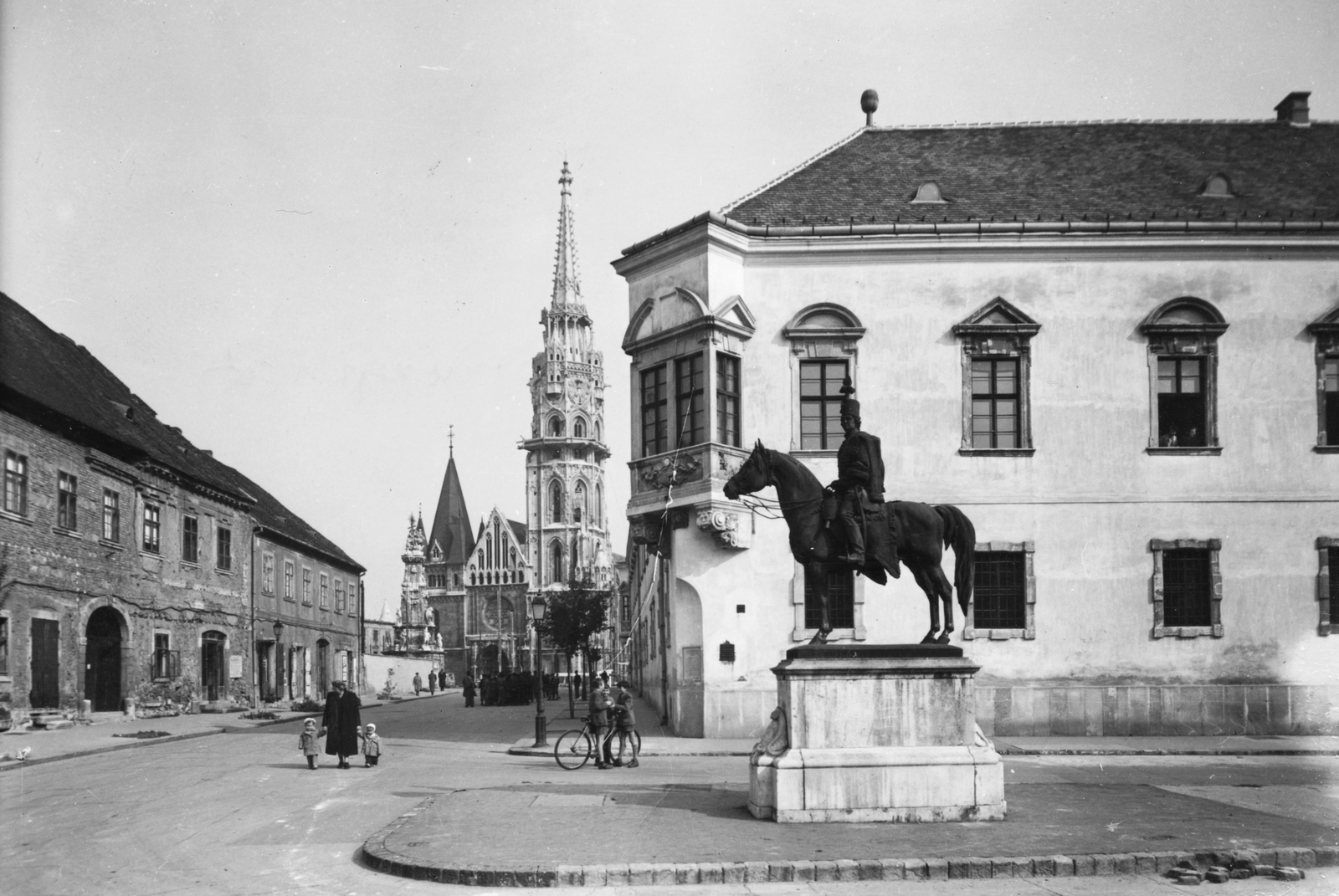There are many sculptures in Budapest to which a custom or legend is attached. One of these is the statue of András Hadik erected in 1937. However, before we get into the history of sculpture and legend, we need to address: who was András Hadik?
Count András Hadik was the general of Maria Theresa, and from 1774 until his death in 1790 he was the leader of the Court Military Council, ie the chief military leader of the empire. He served as a professional soldier throughout his life, after joining the army at the age of 22 in 1732, despite being truly attracted to the monastic career. The young hussar officer rose very quickly on the ranks, being a colonel from 1744 and a major general from 1747, and a general in cavalry in 1759. Meanwhile, he was governor of some provinces severeal times, such as Transylvania, where he resettled the Szeklers of Bukovina. So he did not only deal with military issues, a good example of which is that he was the first to formally propose the legal abolition of the serf system.

András Hadik as the highest soldier of the Habsburg Empire in a 1783 painting by Georg Weikert
During his duty, the Habsburg Empire fought two major wars, between 1740 and 1748 the Austrian War of Succession, and between 1756 and 1763 the Seven Years' War, which covered not only Europe but several continents.
The wars guaranteed a rapid advance for talented professional soldiers. András Hadik was undoubtedly talented, not only in the fight, but also in the command of the army, which enabled him to rise high despite his common descent. In addition, his name is associated with the greatest “hussar prank” of all time, one of the most incredible military actions of the Seven Years ’War. In October 1757, Hadik and the two regiments he led invaded enemy Prussian territories for 450 kilometers and occupied and then defeated the Prussian capital, Berlin. The goal was not to occupy the city, because he left after getting the tribute (which, according to legend, included two dozen fine women's gloves decorated with the coat of arms of Berlin to Maria Theresa), but it still punched a big hole in Prussian self-confidence. The reward for the bold enterprise was the Order of Mary Theresa and later the title of Count.
The statue of Queen Maria Theresa's favorite hussar general was unveiled on 29 April 1937, 85 years ago, in the Buda Castle. The statue was made by György Vastagh Jr. and it was presented in the 3rd issue of 1937 (ie 246th in total) of the Budapesti Szemle:
“Count András Hadik sits on a naturalistically modelled steed. Its creator did not deny that he had created a long line of vivid horse sculptures for the Agricultural Museum, the aim of which was not the artistic depiction but the perfect presentation of the different breeds of horse. He modelled a realistic horse in a calm position, conscientiously, with all the details clearly, and planted a youthful-looking, guard-like Hadik on this stallion. In his baroque dress he is like a banderium-figure that was turned to metal. The artist faithfully depicts all the details of the clothing, the harness and the equipment. However, all this is not the least harmful, because the statue is only life-size, stands in a small space, and its character is not generous. ”
The statue was erected on the initiative of the former Hadik hussars in the small square at the intersection of Úri Street and Szentháromság Street in the Castle. Of course not the soldiers of András Hadik living in the 18th century initiated the erection of the statue, but the officers and non-commissioned officers of the K. u. K. 3rd Hussar Regiment that bore the name of the general and existed until the end of World War I.

Inauguration of the statue (Photo: FSZEK Budapest Collection)
At the inauguration of the statue, the then leadership of the country with Horthy withdrew. The inaugural speech was given by retired General Gyula Csermey-Schneidt, the last commander of the 3rd Hadik András Hussar Regiment, and at the same time he handed over the old flag of the regiment to the successor regiment, the Hadik regiment of Nyíregyháza, and the general's sword to the Military History Museum. In the opening speech, Gyula Csermey-Schneidt indicated the purpose of the sculpture as follows:
"The purpose of this equestrian statue is to commemorate our heroic dead and to establish a lasting memory of our hereditary, great and glorious regiment owner, Count András Hadik, and finally to proclaim the glorious past and history of our regiment."
On the pedestal of the statue are the names of the members of the 3rd Hussar Regiment who had fallen in various wars since the regiment was estabilished in 1702.
The statue was intended to commemorate the Hungarian hussars and the legendary general, and it was not removed from its place even in the 1950s.

The Hadik statue in 1952 (Photo: Fortepan / No.: 32771)
In the 1950s, however, the sculpture became very popular among students in Budapest for a completely different reason.
At that time, the Budapest University of Technology, BME, had a dormitory in the Castle, where the students of the electrical faculty lived mostly. Graduation customs included the “heroic deed” of polishing the testicles of the Hadik statue horse.
The origin of the custom was told by historian Emőke Kovács in the 3 April 2010 issue of Magyar Hírlap:
“The development of Schönherz dormitory graduation traditions can be traced back to the mid-1950s. In the years of the dormitory at that time, the graduating college students said goodbye to the dormitory in Buda with a parade and a merry graduation ceremony. The graduating electrical engineering college students tried to make their farewell memorable by polishing the “balls” of the horse of the Hadik statue with Sidol (a metal cleaner) on the day they graduated from the castle. ”
The operation is not easy, as the statue stands on a high pedestal, meaning you have to climb there, so it is not like the statue of Anonymus in the City Park, which can be caressed while standing on the ground. The Hadik statue still stands there in the Castle, on the one hand helping the engineering students, on the other hand reminding everyone of the soldiers who fell in the various wars and, of course, commemorating the legendary general.
Cover photo: Statue of András Hadik in 1937, after the inauguration (Photo: Fortepan / No.: 160940)




































Hozzászólások
Log in or register to comment!
Login Registration